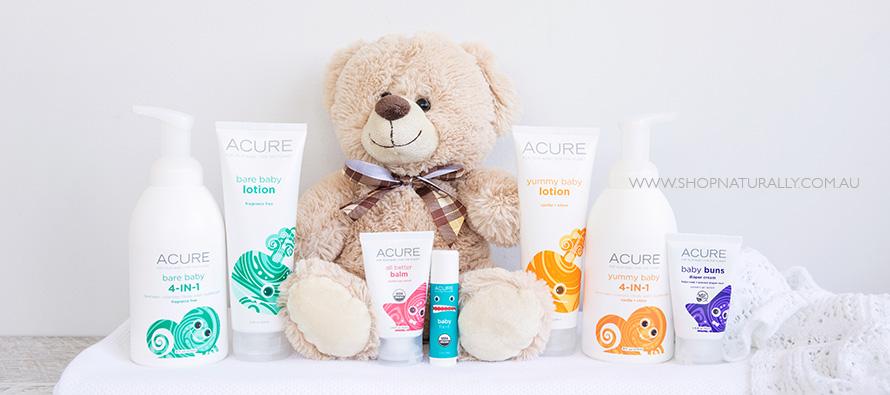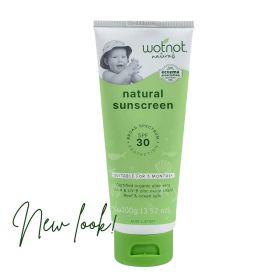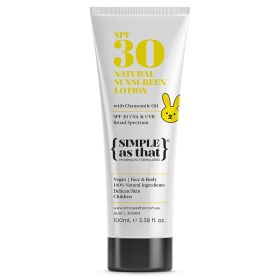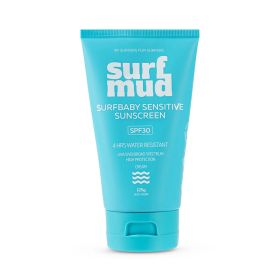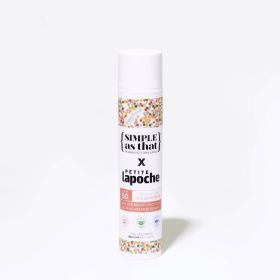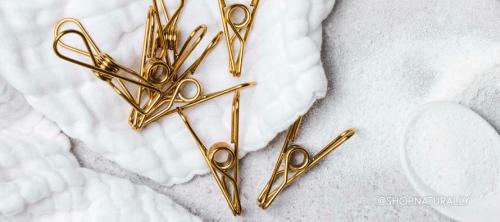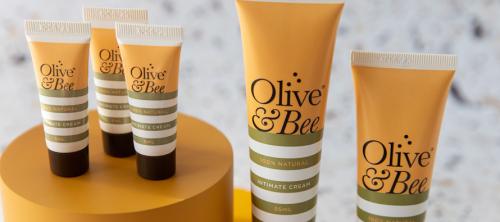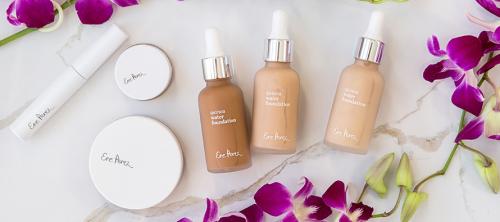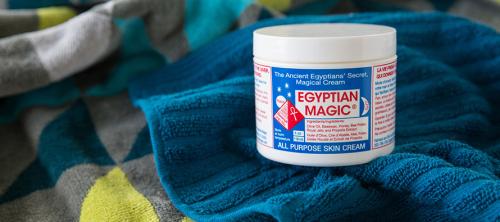Patch testing skin care for sensitive skin, babies & kids
How important is patch testing products for babies and young kids? We think it's vital. January 17th 2017, when this post was originally written (it has been updated in 2023), we saw a shocking case of a baby hospitalised after having a reaction to the Cancer Council Kids Sunscreen. You can read the article on the ABC's website here. It is a very timely reminder that pops up every year, regardless of whether the product you're using, sunscreen for babies should always be patch tested more than once on the same spot before using over their whole body.
While it's far less common for people to react to naturally based products, it does happen, and it's quite often the essential oils that really sensitive people have issues with. Above, you will see the beautiful baby range from Acure Organics, and you will note that they do a lightly fragranced citrus scent and then an unscented version for this very reason. (update - while Acure are no longer making a baby range, we have other options in store and the rest of this post is still valid over 2 years after initial publication. Acure Australia only have adult skin, hair & body products now)
Note: I'm not a dermatologist or a skin care expert. This is my own personal patch testing regime after consulting with both a doctor and a naturopath. The information in this blog post is for the average person who may or may not have a mild reaction to a product. As someone who has MCS (Multiple Chemical Sensitivities), I know only too well how severe some people's reactions can be. I know people who have anaphylactic reactions to lavender, which is one of the mildest essential oils and is commonly used in baby products.
Who should patch test?
We recommend that anyone with known skin sensitivities or mild allergies should patch test all new products, even their organic skin care or baby shampoo, before use. It is not uncommon for people with sensitivities to react to some essential oils when applied topically, and they are usually a part of the core ingredients list in organic products. We also recommend children and babies are patch tested. Please note: if you have a history of severe allergies or anaphylaxis, it is vital that you consult with a professional with regards to patch testing guidelines.
Is patch testing once enough?
No. Plenty of people only react to products after repeated exposure, so it's always best practice to do repeated patch testing before deciding a product is ok to use all over.
Where do you perform a skin patch test?
These recommendations are a combination of what I do and what my staff do for their kids. If you are ultra sensitive, we recommend you chat to a professional to find out what's right for you first. We always start by patch testing inside the elbow, behind the knees and behind the neck. Do that once. If there's no reaction, wait a couple of days and do it again. If still no reaction, I literally do every day for about week before I feel safe. Most people don't need to do it for that long, but it's totally up to you. If you do react, stop using the product and seek professional advice.
Please note: this not allergy testing. It's just simple patch testing to see the suitability of personal care and beauty products to use topically.
What products do you patch test?
I personally will patch test everything new in my beauty regime, and I only patch test one new thing at a time.
When I patch test my skin care, I follow the instructions above.
When I patch natural hair products, I do a small patch test and then I shampoo & condition my forearm for the repeats. I also smell it as I have a sensitive nose and the scent will linger in your hair more than on the skin.
When I patch test natural deodorant, I do the elbow test as per normal, and then when I get to the underarms, I will do just one small patch under my arm for a few days and NEVER just after I have shaved.
When I patch test natural sunscreen, I do the standard tests, but I also patch test small areas out in the sun before putting it on my whole body.
When I patch test natural makeup, the foundations get tested as per my skin care. A natural mascara will be tested in the corner of one eye, the pencils first on the skin on the back of my hand and then only on one small section of one eye. Best done while you're watching telly and not heading off to work! I keep a cotton swab and some coconut oil handy to swipe away anything that I feel may be causing an issue as I already know I have no issue with the coconut oil.
